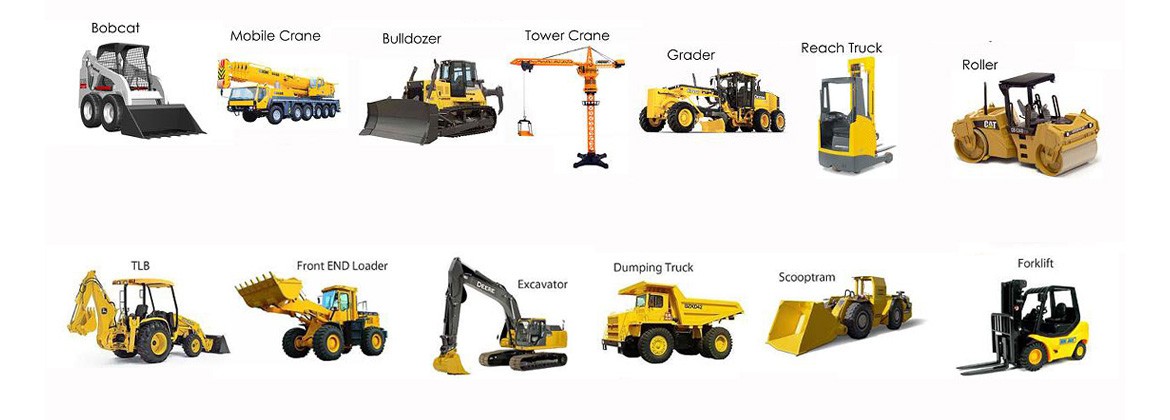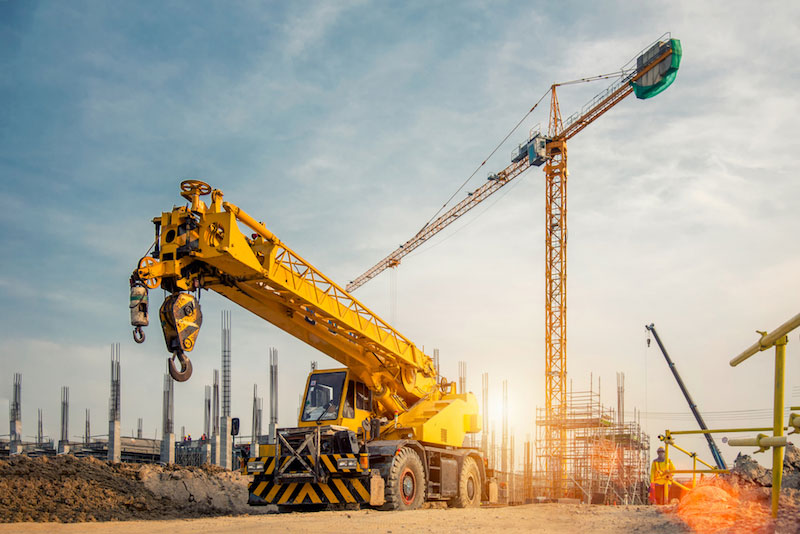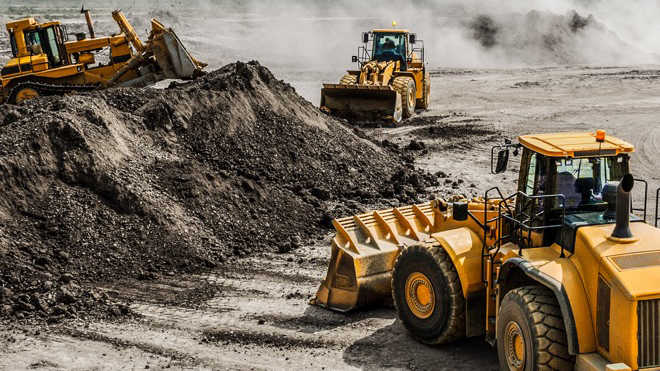Scissor Lift Rental: Safe and Reliable Solutions
Scissor Lift Rental: Safe and Reliable Solutions
Blog Article
Leasing Vs. Acquiring Building And Construction Equipment: Making the Right Option for Your Job
When beginning on a building task, one of the critical choices that project managers and stakeholders deal with is whether to get or lease building and construction tools. The decision hinges on numerous factors such as price factors to consider, task duration, tools upkeep, scalability, adaptability, and threat management.
Price Factors To Consider
Leasing devices frequently needs reduced initial repayments compared to purchasing, making it an eye-catching alternative for temporary jobs or service providers with spending plan restraints. In the lengthy run, continually renting out tools can gather higher prices than acquiring, especially for extended jobs.
On the other hand, acquiring building devices entails higher upfront prices yet can cause lasting cost savings, specifically for constant individuals or long-lasting tasks. Possessing devices supplies adaptability, benefit, and the potential for resale value once the task is completed. Furthermore, possessing equipment enables personalization and experience with certain machinery, possibly increasing efficiency and efficiency on-site. Ultimately, the decision between purchasing and renting out building equipment depends upon the task's period, regularity of usage, spending plan factors to consider, and lasting financial objectives.
Job Duration

Alternatively, for long-term projects or recurring building and construction job, getting equipment can be the a lot more affordable alternative. Acquiring devices can result in cost savings in the future, particularly if the equipment will be regularly utilized. Additionally, owning devices offers a sense of control over its accessibility and allows for modification to fit particular job requirements.

Devices Maintenance
Given the critical role job period plays in establishing the most cost-efficient approach in between renting out and getting construction devices, the focus currently moves towards examining the essential facet of equipment maintenance. Correct upkeep is essential for making sure the optimal efficiency and durability of construction devices. Renting out tools usually features the benefit of having actually properly maintained equipment offered by the rental business. This can ease the worry of upkeep jobs from the job proprietor or contractor, conserving time and effort. On the other hand, owning devices requires an aggressive method to upkeep to stop breakdowns, make sure security, and prolong the tools's life expectancy. Normal inspections, servicing, and timely fixings are essential to maintain owned devices in leading functioning condition. Consider upkeep expenses when deciding between purchasing and renting, as ignoring upkeep can lead to costly fixings, downtime, and project hold-ups. Eventually, a properly maintained construction devices Go Here fleet, whether rented out or had, is vital for the effective and reliable completion of building and construction projects.
Flexibility and Scalability
In the realm of construction devices monitoring, the facet of versatility and scalability holds substantial value for project efficiency and resource application. Opting to lease construction equipment offers a high degree of flexibility as it enables the quick adjustment of tools kinds and amounts based on the progressing requirements of a task. Renting allows specialists to access a wide variety of specialized devices that might be needed for specific jobs without the lasting commitment of ownership. This adaptability is particularly advantageous for tasks with differing requirements or unpredictable durations (boom lift rental).
Additionally, scalability, an additional vital variable, is naturally linked to adaptability. Renting building tools supplies the advantage of conveniently scaling procedures up or down as project demands vary. Contractors can rapidly add or exchange devices to match the job's transforming demands without the constraints of owning possessions that might become underutilized or outdated. This ability to scale sources efficiently can result in price financial savings and improved task timelines, making renting out a favorable alternative for jobs requiring versatility and responsive resource appropriation.
Risk Management
Reliable risk monitoring in building and construction devices procedures is extremely important to making certain project success and mitigating prospective economic losses. Building jobs naturally include various dangers, such as devices breakdowns, crashes, and task delays, which can substantially impact the job timeline and budget. By carefully thinking about the risks connected with owning or leasing building devices, job supervisors can make educated decisions to lessen these possible risks.
Renting construction tools can provide a level of danger mitigation by moving the duty of repair and maintenance to the rental company. This can reduce the financial worry on the project proprietor in case of unexpected equipment failures (heavy equipment rental). In addition, renting provides the versatility to gain access to customized tools for details project stages, minimizing the threat of having underutilized equipment
On the various other hand, owning construction tools supplies a feeling of control over its use and maintenance. Nevertheless, this additionally implies bearing the complete duty for fixings, maintenance expenses, and devaluation, increasing the financial risks connected with tools possession. Cautious danger evaluation and consideration of variables such as job duration, devices utilization, and maintenance needs are vital in identifying one of the most ideal option for effective threat monitoring in building jobs.
Verdict
To conclude, when choosing between purchasing and leasing look at these guys construction devices, it is necessary to think about price, project period, equipment upkeep, flexibility, scalability, and danger monitoring. Each element plays a crucial duty in figuring out one of the most suitable choice for the task handy. By very carefully reviewing these facets, task managers can make an informed decision that aligns with their budget, timeline, and overall task objectives.

Report this page